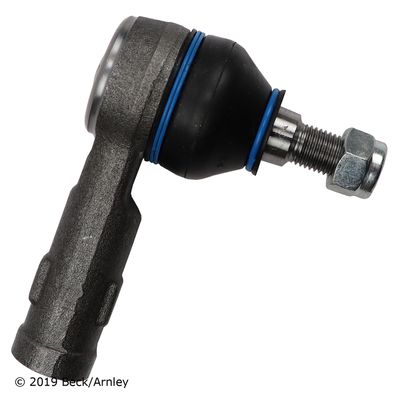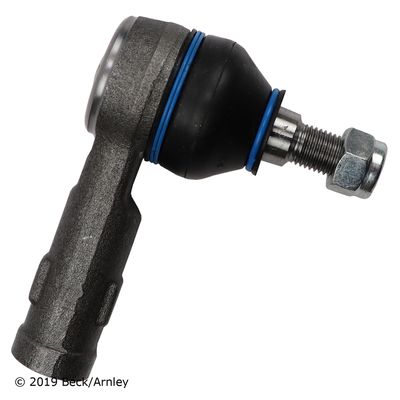Answer
Aug 15, 2024 - 03:08 PM
Inspecting your ACDelco 84670799 Steering Tie Rod Ends involves a combination of visual inspection and physical checks. Here's a step-by-step guide on how to perform this inspection:
1. Gather Necessary Tools- Jack and jack stands or a vehicle lift
- Lug wrench
- Flashlight
- Pry bar or large screwdriver
- Gloves and safety glasses
- Park the vehicle on a flat surface, engage the parking brake, and use a jack to lift the front of the vehicle. Secure the vehicle with jack stands for safety, or use a vehicle lift if available.
- Remove the front wheels using a lug wrench to gain access to the tie rod ends.
- Check the Rubber Boot: Inspect the rubber boot covering the tie rod end for any cracks, tears, or damage. The boot protects the joint from dirt, debris, and moisture. If the boot is damaged, dirt can enter, causing accelerated wear.
- Look for Grease Leakage: Check for any signs of grease leaking from the tie rod end. Grease leakage may indicate that the seal has failed, which could lead to joint wear.
- Examine the Joint: Look for any obvious signs of wear, rust, or deformation on the tie rod end itself.
- Check for Play in the Joint:
- With the vehicle lifted and the wheel off, grab the tie rod end and try to move it up and down, and side to side. There should be no noticeable play or movement in the joint. If you feel any looseness or excessive movement, the tie rod end may be worn out.
- Test with a Pry Bar:
- Insert a pry bar or large screwdriver between the tie rod end and the steering knuckle, and gently apply pressure to see if the joint moves excessively. Any movement beyond a slight flex in the rubber indicates wear.
- Steering Wheel Test:
- With the wheels still off the ground, sit in the driver's seat and gently move the steering wheel back and forth. Watch the tie rod ends as you do this. The tie rod ends should move in unison with the steering wheel without any noticeable delay or play. If the tie rod end lags or you notice a clunking sound, it may be worn.
- Check for Uneven Tire Wear:
- Inspect your tires for uneven wear patterns. While not a direct inspection of the tie rod ends, uneven tire wear can be an indicator of tie rod issues.
- If you’re unsure about the condition of the tie rod ends after your inspection, or if you notice any signs of wear or damage, it’s advisable to have a professional mechanic perform a more detailed inspection. They can use specialized tools to measure play in the tie rod ends more accurately.
Inspecting your ACDelco 84670799 Steering Tie Rod Ends involves checking for visible damage to the rubber boot, grease leakage, and excessive play in the joint. A physical test using a pry bar and observing the steering response can help identify any looseness or wear. Regular inspection and timely replacement of worn tie rod ends are crucial for maintaining safe and responsive steering.





Add New Comment